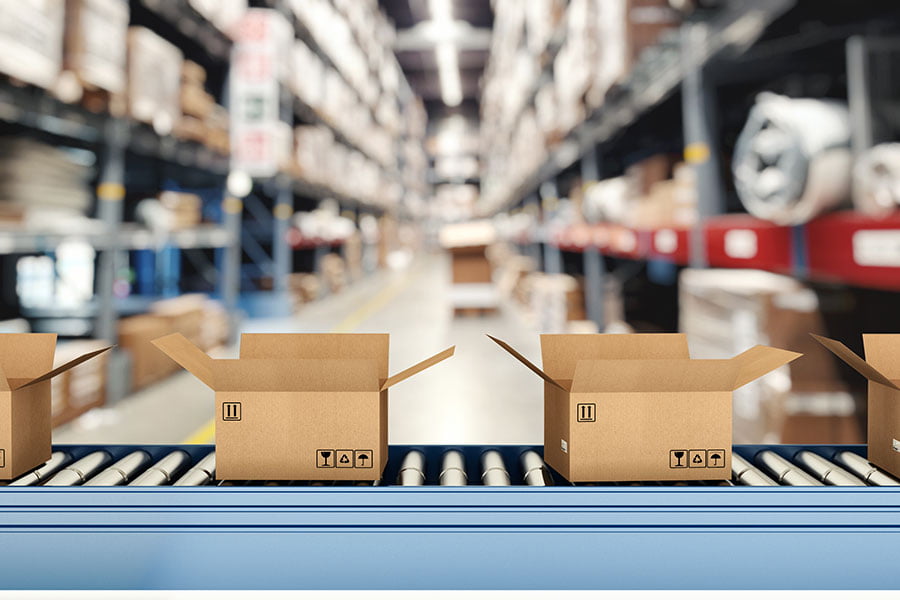Published October 5, 2017
 While it appears, today’s retailers are struggling to understand the tea leaves of the market, it is clear what their customers are looking for. Today’s customers are savvier than at any time in history. They have the world’s breadbasket at their disposal using the internet. Today’s consumers are armed with more insight into what is available.
While it appears, today’s retailers are struggling to understand the tea leaves of the market, it is clear what their customers are looking for. Today’s customers are savvier than at any time in history. They have the world’s breadbasket at their disposal using the internet. Today’s consumers are armed with more insight into what is available.
In the end, today’s consumer wants unique items at discounted prices. While historically, these were at two opposite scales on the pricing model, the diversity of supply chains available today has reduced the margin associated with unique product. The advent of the internet has empowered the consumer to consume what they want, versus what is available in their local market.
Historical View
Traditionally America was made up of small specialty retailers offering what goods and services were available to them in the market. Specialty shops were rewarded by offering their unique products to a hungry market and could glean their margin by the fact that they monopolized their market. This engine of “Ma and Pa” retailers fueled our economy.
Our “local store” micro-marketed their area knowing their customers intimately and selling the products that they wanted. They were more than a purveyor of product, they were a boutique to their customers providing exactly what they wanted. They developed a true customer relationship that ensured their success.
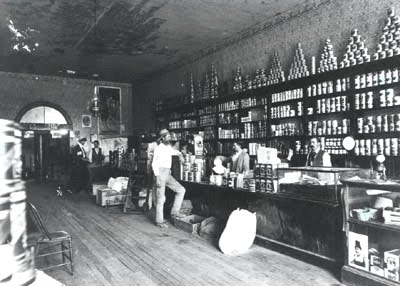 Those that did not get to know their customers did not survive, unless they sourced products at a low price and could make their profit through price. Their community gave them immediate feedback on how to be successful. Early long distance buying, catalogues (e.g. Sears catalogue), were created to provide some efficiency to high value, broader assorted goods.
Those that did not get to know their customers did not survive, unless they sourced products at a low price and could make their profit through price. Their community gave them immediate feedback on how to be successful. Early long distance buying, catalogues (e.g. Sears catalogue), were created to provide some efficiency to high value, broader assorted goods.
Urbanization Movement
The movement towards urbanization has occurred worldwide over the past 200 years, with little sign of changing. Between 1800 and 1900 the percent of the world’s population that lived in an urban area increase by over 400% (3% versus 14%). By 1900, only 12 cities had one million or more residents. In 1950, 30% (over a 100% increase in 50 years) of the world’s population resided in urban centers. The US Census reported over 62% of Americans live in an urban area. The highest concentration was in the Midwest and West where over 71% of the population lives in an urban area. The urban cities in the US takes up only 3.5% of the US land mass. Much of this is driven by water availability and corporate locations.
This consolidation of people led to the evolution of consolidated shopping locations for more efficient shopping. With no sign this trend is letting up, retail supply chains moved to focus on optimizing this consolidated opportunity.
Woolworth’s Impact
Woolworth was the first to pioneer placing products out on the floor where customers could handle products without the assistance of a store associate. Prior to this point, all products were held “behind the counter” and presented to the customer upon request. They changed the complexion of retail, which remains today.
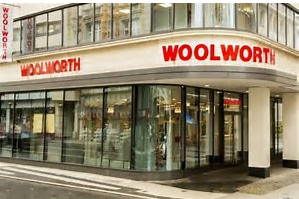 At a time when retail was largely executed by local vendors, Woolworth was one of the first to buck this trend by creating a large network of stores. Their origin as a five and ten cent store evolved in the early 1900 to a large-scale discount store. Their approach to the market spurred the creation of Target, Kmart, and Walmart.
At a time when retail was largely executed by local vendors, Woolworth was one of the first to buck this trend by creating a large network of stores. Their origin as a five and ten cent store evolved in the early 1900 to a large-scale discount store. Their approach to the market spurred the creation of Target, Kmart, and Walmart.
We can attribute many of the features and approaches to today’s retail to the actions of Woolworth. Founded in the late 1800’s and gone in the 1990’s, Woolworth helped drive the era of large, collective retail that spurred many of the retail giants today.
And then there was Walmart
Walmart launched providing a wide selection of products at very low prices. They used their size and scale to own the supply chain and provided low cost goods through new stores that were clean and attractive. They leveraged the market trend of big box retail to gain a competitive advantage and a position as the number one retailer.
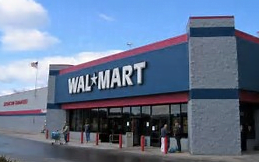 The discounted prices offered by Walmart in the early days often came at the expense of quality. Many customers were attracted to their format because of the low prices offered at the expense of the local purveyor. Walmart’s supply chain advantage offered customers prices they could not ignore.
The discounted prices offered by Walmart in the early days often came at the expense of quality. Many customers were attracted to their format because of the low prices offered at the expense of the local purveyor. Walmart’s supply chain advantage offered customers prices they could not ignore.
Walmart’s approach was diametrically opposite of our retail origin. They bucked the trend with low operating costs and poor customer service at the expense of the historic boutique margin. They provided everyday goods at the lowest market price for goods they offered. While the selection was narrow, their commitment was on price, not assortment.
Amazon’s Great Shock
With the advent of the eCommerce space, customers became aware of all products offered in the marketplace. They were no longer bound by what the retailer would choose for them to buy in their market. Now, the customer could see products marketed in other areas.
Geographic boundaries broke down. True demand was now available to play in a global marketplace with pricing that was globally, opposed to regionally, competitive. The consumer now could get the benefit of price and assortment.
The New Retail
We have moved away from forcing customers to buy what the retailer wants them to buy, to an environment where the customer will buy what they want. Winning at today’s game requires that we go back to basics and understand the local appetite and demand.
Winning retailers will successfully micro market using the web as their customer base, to provide what their customers want regardless of where they live. This means some will visit your store physically, while many others will visit you virtually. In either framework, customers must feel you are catering to them.
How to Win in Today’s Marketplace
Winning today requires that the retailer knows who they are. They recognize the larger market at play and market their products to their intended customer. They think global in marketing and differentiate themselves from the field by the uniqueness of their products and the customization they provide.
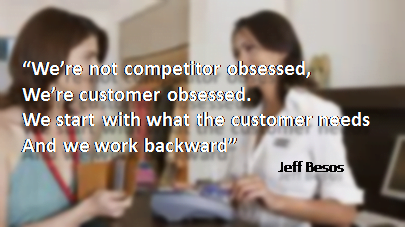 Merely “being open for business” is no long enough for a business to survive. One must be the master of keeping prices low, reacting to their customer needs/requirements, and providing the “old time values” which started retail in the first place. If you actively listen to your customers you can develop an operating response that builds your customers trust.
Merely “being open for business” is no long enough for a business to survive. One must be the master of keeping prices low, reacting to their customer needs/requirements, and providing the “old time values” which started retail in the first place. If you actively listen to your customers you can develop an operating response that builds your customers trust.

